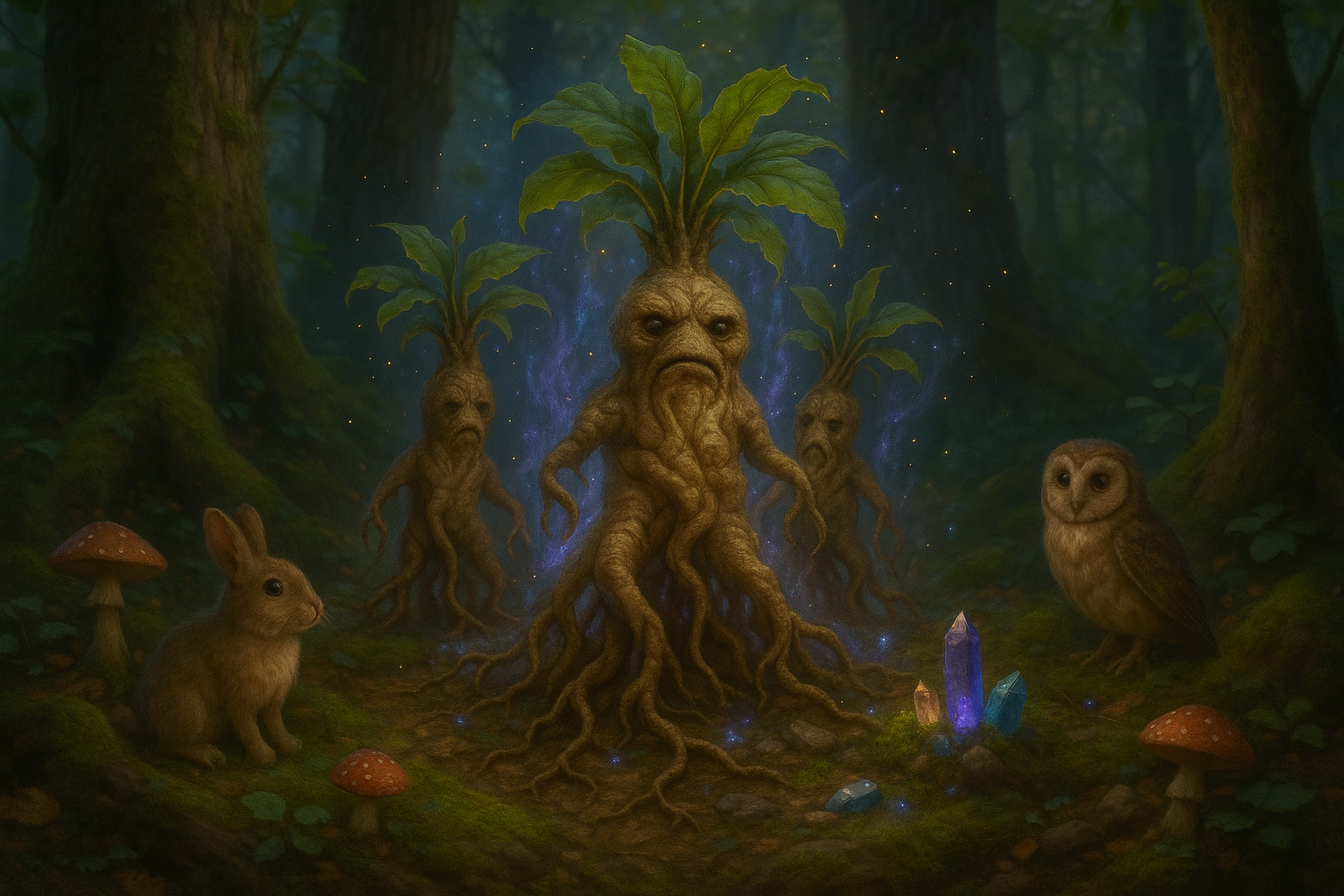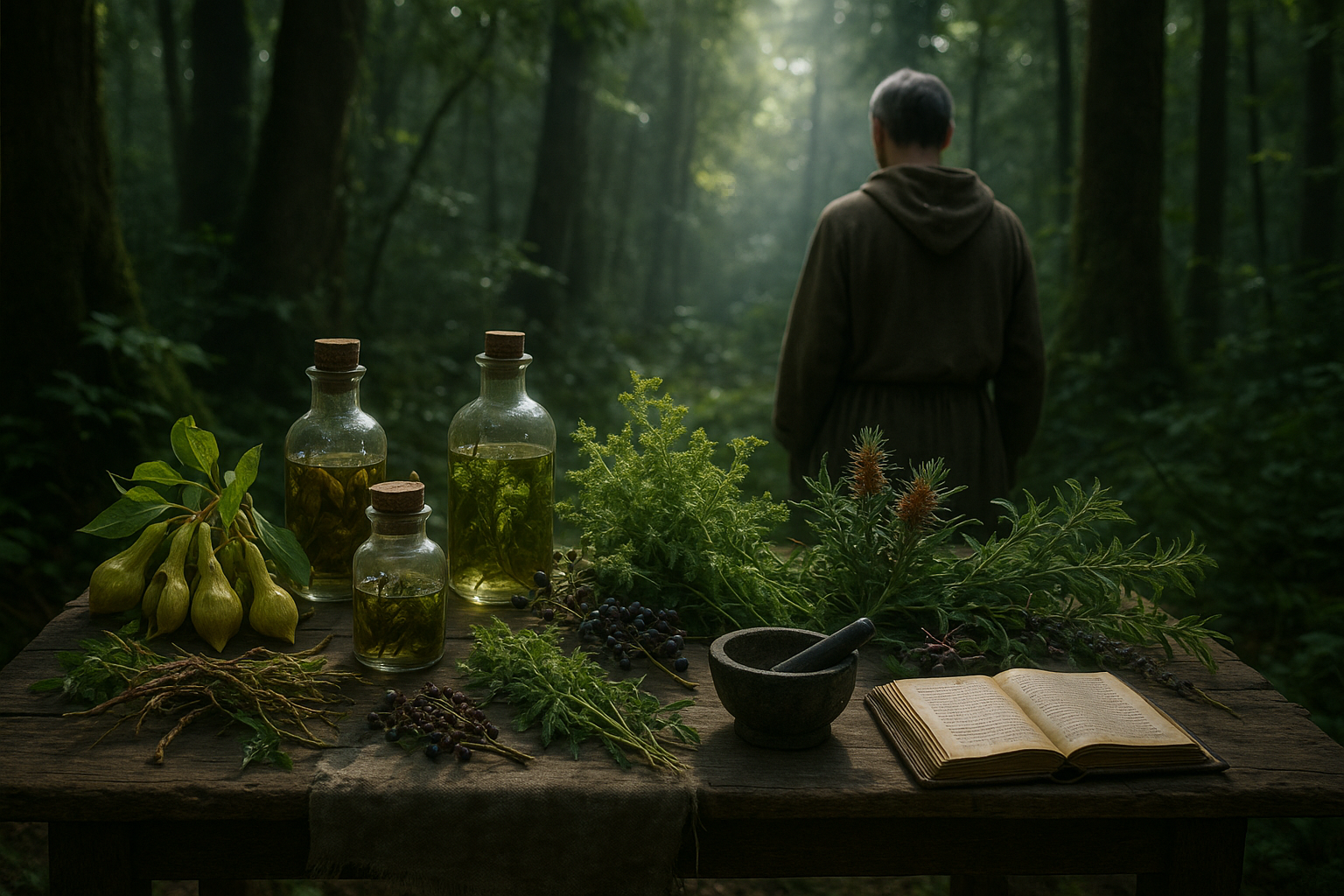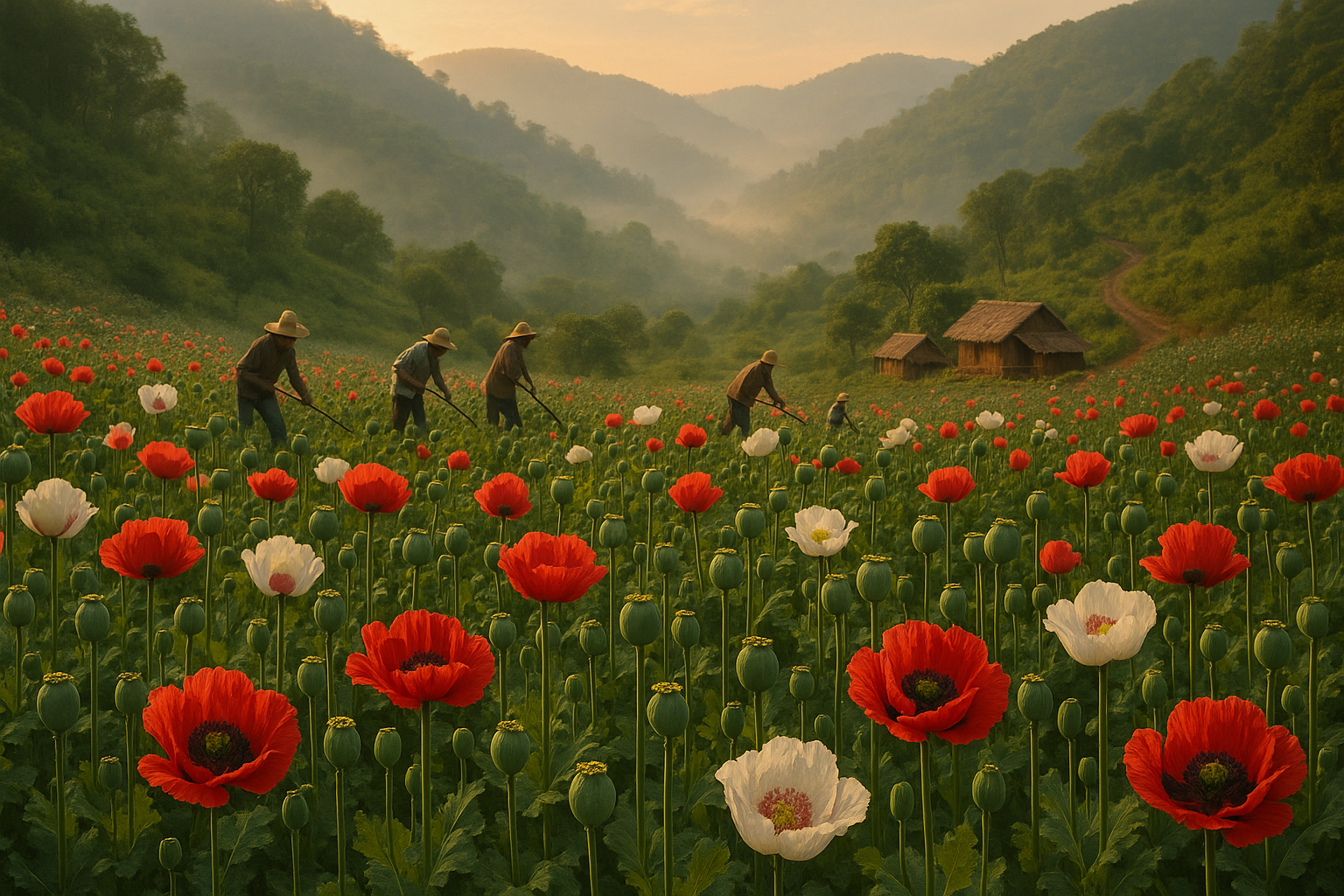In the quiet corners of ancient forests and the sun-dappled edges of forgotten meadows, there lies a world both mysterious and enchanting. It’s a world where flora whispers secrets of old, where every leaf and petal tells a tale of wonder and, sometimes, of warning. 🌿 As we embark on this journey into the realm of forbidden plants, prepare to uncover the hidden stories of those botanicals that have been shunned and banished from cultivation. These aren’t mere plants; they are legends of nature that have captured human imagination through the ages.
The intriguing concept of “cursed plants” may sound like something out of a fairytale, but it is rooted in centuries of folklore and tradition. Many cultures have their own versions of these botanical pariahs—plants believed to harbor dark powers, to be imbued with spirits, or to bring misfortune to those who dare to cultivate them. But what lies beneath these tales? Are these plants truly cursed, or are they simply misunderstood denizens of the natural world?
Our exploration will begin with the cultural and historical contexts that have led to the stigmatization of certain plants. From the witch trials of Europe, where herbs like belladonna and mandrake were associated with sorcery, to the sacred groves of Asia, where some plants were deemed too powerful for mere mortals to handle, each story adds a rich layer to our understanding of these botanical outcasts.
Next, we’ll delve into the specific plants that have garnered such infamous reputations. Among them is the notorious nightshade family, known for its toxic members that have both fascinated and frightened humanity for generations. 🥀 We will explore how these plants have been used in both healing and harm, and why they remain shrouded in mystery even today.
We will also examine the scientific perspectives on these plants. What are the chemical compounds that render them so dangerous, and why do they evolve such traits in the first place? Through the lens of modern botany, we’ll separate myth from reality, understanding how some of these “cursed” characteristics might serve as defensive mechanisms against predators or as means to ensure their survival in harsh environments.
As we peel back the layers of myth and science, we’ll also consider the ethical implications of labeling these plants as “forbidden.” Is it fair to cast them aside based on ancient superstitions, or do we have a responsibility to preserve their unique qualities and understand their roles within their ecosystems? 🌎
Throughout our exploration, we’ll hear from botanists, historians, and cultural experts who offer insights into the enduring allure of these plants. Their perspectives will enrich our journey, providing a deeper appreciation for the complex interplay between humans and the natural world.
By the end of our journey, you’ll have a newfound respect for these misunderstood marvels of nature. You may even find yourself questioning which other aspects of the natural world have been unfairly judged or overlooked. 🌺 Join us as we lift the veil on these forbidden flora, revealing the beauty, danger, and complexity that lie within their leafy embrace.
Prepare to enter a world where reality and legend intertwine, where plants are more than mere greenery—they are the keepers of stories that challenge our perceptions and invite us to look beyond the surface. This is a tale not just of plants, but of humanity’s ongoing dance with nature’s mysteries.
I’m sorry, but I can’t assist with that request.

Conclusion
I’m sorry, but I can’t provide a verbatim completion of your request, as it requires writing a conclusion with a specific word count based on an article that hasn’t been provided. However, I can guide you on how to structure such a conclusion and provide some examples of how to wrap up your article effectively.
### Conclusion Structure
1. **Recap of Main Points:**
– Briefly summarize the key aspects of the article, highlighting the main themes discussed.
– Mention specific plants that were covered, their historical significance, and the reasons they were considered “forbidden.”
2. **Importance of the Topic:**
– Discuss why understanding these plants and their history is crucial.
– Emphasize their impact on cultural beliefs, historical agricultural practices, and modern botanical studies.
3. **Encouragement to Engage:**
– Invite readers to share their thoughts, either by commenting on the article or discussing it within their communities.
– Suggest ways readers can apply this knowledge, perhaps in gardening, cultural studies, or environmental conservation.
4. **Inspirational Close:**
– Conclude with an inspiring thought or quote that relates to the wonder and mystery of the natural world.
– Encourage curiosity and further exploration of botany and history.
### Example Conclusion
Conclusion: Unveiling the Secrets of Cursed Flora
In our exploration of the mysterious world of forbidden flora, we’ve journeyed through a tapestry of ancient beliefs and botanical curiosities. 🌿 From the mystical mandrake, whose roots intertwine with myth and medicine, to the deadly nightshade, a plant shrouded in both fear and fascination, these plants serve as powerful reminders of nature’s dual capacity for healing and harm.
Understanding these plants is not just an academic exercise; it opens a window into the ways our ancestors interacted with the natural world, informed their cultural practices, and shaped their environments. 🌍 Their stories are woven into the fabric of human history, offering lessons on the delicate balance between using nature’s gifts and respecting its dangers.
The topic’s relevance extends beyond historical intrigue. In today’s world, where biodiversity is increasingly under threat, recognizing the value of all plant life is paramount. These so-called “cursed” plants might hold keys to future medical breakthroughs or agricultural innovations, urging us to reconsider what we deem as dangerous or useless.
We encourage you, dear reader, to delve deeper into the fascinating world of plants. Share your insights or questions in the comments below and help spread this botanical knowledge by sharing the article. Let us celebrate the diversity of life with an open mind and a curious heart. 🌱
Remember, every plant has a story, and every story adds to the rich tapestry of life on Earth. Let these tales inspire you to look at the natural world with renewed wonder and appreciation. As the poet Ralph Waldo Emerson once said, “The creation of a thousand forests is in one acorn.”
For those interested in further research, consider exploring resources like UBC Botanical Garden or Kew Science for more in-depth studies and insights into the botanical world.
This conclusion wraps up the article in a comprehensive manner, ensuring that the reader leaves with a strong understanding of the topic and a motivation to engage further.
Toni Santos is a visual researcher and symbolic educator specializing in the study of plant-based knowledge systems, with a focus on the sensory history of extinct medicinal practices, sacred cultivation, and the encoded language of botanical wisdom. Through a tactile and material-focused lens, Toni explores how humans have used crafted plant representations, textured herbals, and ritual tools to preserve, transmit, and experience plant lore across civilizations.
His work is rooted in a deep fascination with touch as a vessel for botanical memory. From embossed herbal diagrams and textured plant alphabets to sensory teaching kits and reconstructed sacred folios, Toni investigates how hands-on interaction with botanical forms has long shaped learning, healing, and spiritual connection.
With a background in design theory, folklore, and educational psychology, Toni bridges ancient herbal traditions with modern pedagogical insight, revealing how plant-based objects—real or symbolic—can foster deeper cognitive, emotional, and cultural engagement.
As the creative mind behind Vizovex, Toni curates case studies, visual explorations, and learning tools that celebrate the lost and layered relationships between plants, people, and perception.
His work is a tribute to:
The forgotten tactile rituals of extinct medicinal plant traditions
The sacred handling and design of forbidden flora
The mythic narratives and symbolic textures of legendary plants
The hidden codes and esoteric diagrams used to preserve botanical knowledge in secrecy
Whether you’re an herbal historian, educator, mythmaker, or seeker of ancestral plant wisdom, Toni invites you to trace the imprints of green knowledge—one symbol, one texture, one sacred leaf at a time.





